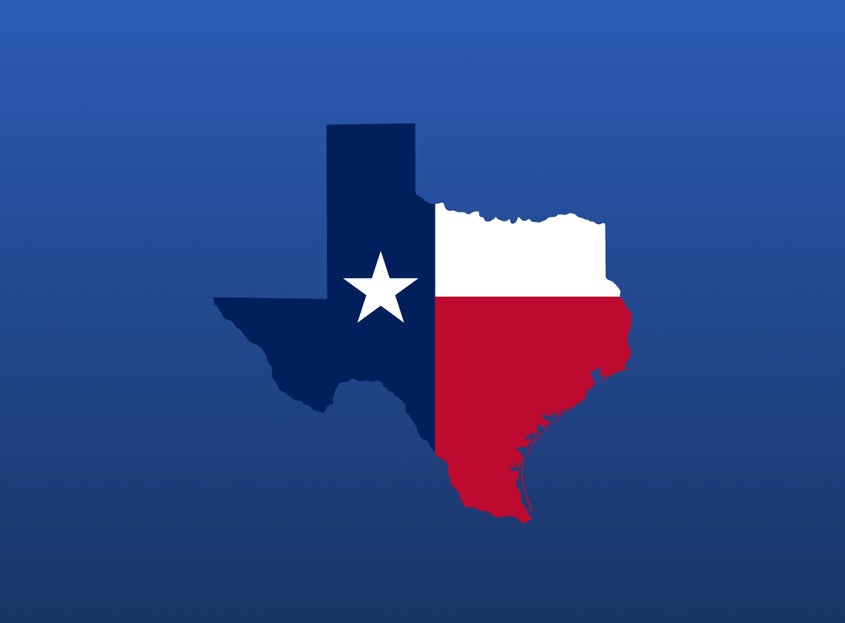How Philanthropy Can Make A Difference This Women’s History Month

March is Women’s History Month in the United States, a month dedicated to women, their accomplishments, achievements, and impact, both in American society and around the world. It is also a time to bring attention to issues that directly affect women, like gender-based violence and gender equality in the workplace. For example, March also marks Equal Pay Day. This year, March 24 is the date to which women need to work to earn as much as men did in 2020. For women of color, that date occurs even later in the year, underscoring how much further we have to go to achieve true gender equality.
It’s especially important this year to highlight the ways the COVID-19 pandemic has threatened to erase hard-fought, albeit limited, gains in the equal pay movement, and so many others. In the U.S., women—especially women of color—were already disproportionately represented in low-wage employment, and working mothers were spending 50% more time caring for children than working fathers. Between February and August of 2020, mothers lost 2.2 million jobs compared to 870,000 jobs lost among fathers. According to one estimate, global GDP could be $1 trillion lower in ten years, simply due to the disproportionate unemployment rates between women and men.
The benefits of empowering women—in education, in their careers or in political office—are undeniable. Throughout the world, women’s social and economic mobility gives them access to more resources and opportunities, which in turn gives them more control over their lives and decision-making. The positive ripple effects of investing in women go far beyond helping individual women. Studies show that companies with gender diversity are more profitable and that peace agreements are more durable when women negotiate them.
Nonprofit organizations dedicated to the causes of women and girls in the U.S. receive just 1.6% of overall charitable giving. Donors, therefore, have a significant opportunity to make a difference in the many challenges facing women locally and globally.
- Educational barriers for girls can have long-lasting and detrimental effects for entire communities. Across Africa, the Campaign for Female Education (CAMFED) envisions girls’ education as the starting point to drive social change in rural communities, making improvements in child and maternal mortality, poverty and climate change. And in Canada and the U.S., Girls Inc. works in partnership with schools and community centers across 350 cities to inspire and support girls to grow into healthy, educated and independent women.
- Despite the continued growth of the technology sector, women remain underrepresented in STEM fields. Black Girls CODE aims to grow the number of Black women working in technology by introducing computer coding to young girls in underserved communities. The Association for Women in Science is a national organization that works via local chapters to support the careers and advancement of women and drive systemic change.
- Around the world, women face numerous and varied challenges to access reproductive healthcare. Every Mother Counts works to provide solutions to improve maternal health outcomes in the U.S. and five other countries. Postpartum Support International recognizes that the mental health of a mother affects her entire family, and the organization works worldwide to promote awareness, prevention and treatment of postpartum depression.
- Immigrant and Native women face their own unique set of challenges and vulnerabilities. The National Indigenous Women’s Resource Center is a Native-led organization that offers national leadership to end gender-based violence and increase safety for women and children in tribal communities. The Immigration Center for Women and Children provides free and affordable legal services to immigrants in California and Nevada who are victims of domestic violence and sexual assault.
- When Congress was sworn in earlier this year, women held just over 25% of the seats—a record high—despite making up over half the population. Analysis of Congressional activity also shows that women sponsor and co-sponsor more bills than men, secure more federal funding for their districts, and are more likely than men to be collaborative and bipartisan. Organizations such as She Should Run provide training and support for women from all walks of life to prepare for a future campaign for elected office.
The examples provided above are by no means exhaustive but are presented to demonstrate the myriad ways a donor can approach grantmaking in this sector. The challenges facing women and girls are varied and intersectional, and many organizations address the multiple and interrelated issues that women experience.
In addition to grantmaking to direct service organizations, donors can leverage their donor-advised fund (DAF) assets to support women and girls in other ways. For example, community foundations often operate collaborative funds to support local, community-based organizations that are focused on the needs of women and girls in a community or region. Community development financial institutions (CDFIs) often operate loan funds that specifically serve female entrepreneurs and small business owners. Donors can also support these causes by recommending their DAF assets be invested in NPT’s impact investing gender lens portfolio, which invests in companies dedicated to closing the gender pay gap or provide capital to women-led businesses, and holds mutual funds managed by women.
No matter how you decide to support women and girls this Women’s History Month, NPT can help you reach your giving goals. Contact our Philanthropic Services team at (888) 878-7900 or philanthropicservices@nptrust.org to learn more.
NPT is not affiliated with any of the organizations described herein, and the inclusion of any organization in this material should not be considered an endorsement by NPT of such organization, or its services or products. NPT does not provide legal or tax advice. This blog post is for informational purposes only and is not intended to be, and shall not be relied upon as, legal or tax advice. The applicability of information contained here may vary depending on individual circumstances.
To download a PDF of this blog post, click below:


